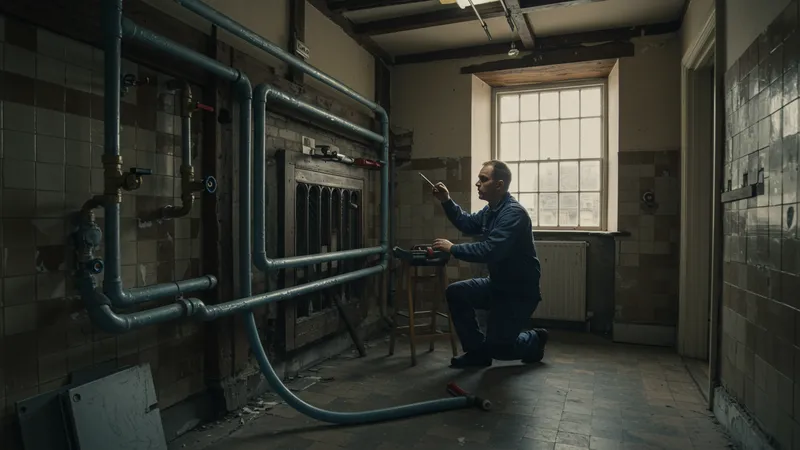
Pipe Corrosion In Older UK Homes: Costs, Risks, And Insurance Coverage
Management Strategies and Long-Term Solutions for UK Homeowners
Managing pipe corrosion in older UK properties requires a blend of preventative maintenance, awareness of modern repair techniques, and the smart use of insurance options. One effective approach is to schedule annual inspections with certified plumbers, who can identify early signs of corrosion such as green-blue staining or minor leaks. In many regions, local councils and historic building trusts offer recommendations for approved specialists experienced in preserving period features while upgrading pipework.

Pipe relining—a non-invasive method where a resin lining is inserted inside existing pipes—is increasingly popular in UK homes. This technique reduces disruption and can be cost-effective, particularly for listed buildings where full pipe replacements would compromise historic structures. While the upfront cost (£800–£2,000 for a typical home section) may seem steep, it often eliminates future expenses related to emergency restoration or extensive decorative repairs.
Regular review of insurance documents is essential to stay current on what types of corrosion and related damage are included. Homeowners can sometimes negotiate optional covers or higher claim limits with their current providers. Investing in professional property surveys and photographic documentation also strengthens any case for insurance payouts should issues arise, adding another layer of financial security.
Ultimately, while pipe corrosion is an inevitable risk for those living in the UK’s heritage housing stock, strategic maintenance, smart restoration choices, and the right insurance policy can mitigate disruption and financial loss. The combined approach not only preserves the charm and structural integrity of period homes, but also ensures peace of mind for the years ahead.